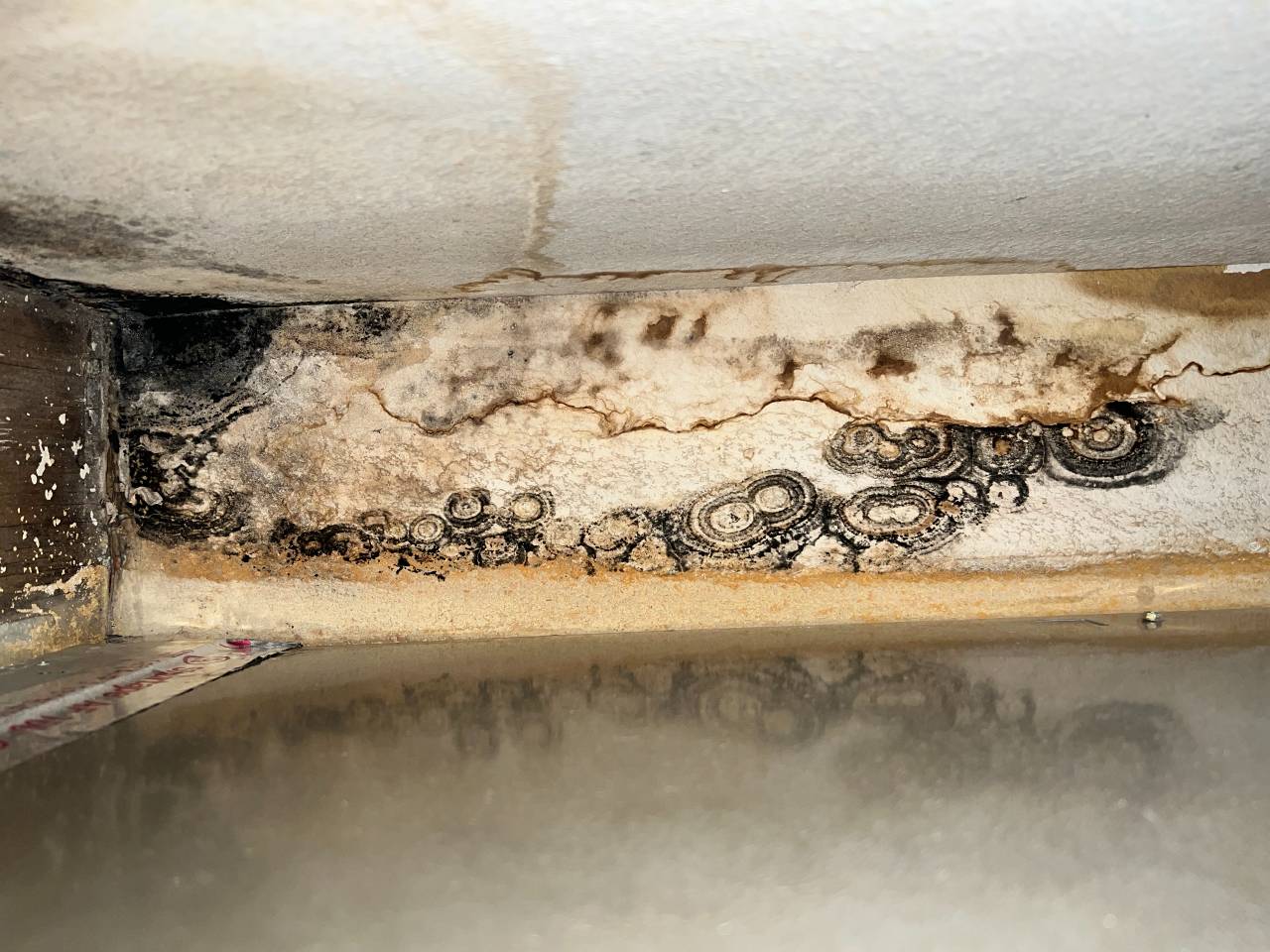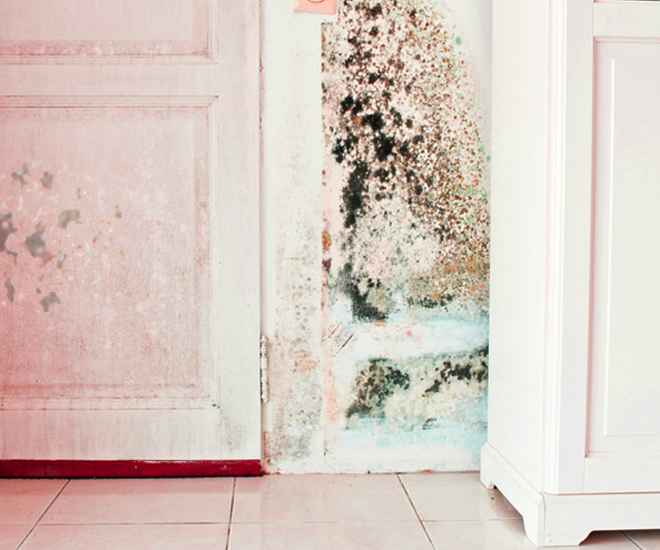Key Steps for Successful Article Mold And Mildew Removal
Successfully completing mold and mildew remediation is a multifaceted procedure that calls for focus to information and adherence to details protocols. These actions not only validate the success of the remediation initiatives yet likewise contribute to stopping future mold and mildew growth.
Assessment of Treated Areas
Upon completion of the mold and mildew removal process, a complete evaluation of the dealt with locations is crucial to make certain the effectiveness of the remediation initiatives. This inspection acts as an essential action in the post-remediation stage to confirm that the mold and mildew elimination and clean-up treatments succeeded in getting rid of the mold infestation and recovering a safe indoor atmosphere. The evaluation needs to be performed by certified specialists who have the competence to assess the remediated areas meticulously.
These include visual evaluations to examine for any type of indicators of mold and mildew growth or water damages, moisture degrees to confirm that the area is cost-free and dry of excess moisture that might promote mold and mildew re-growth, and air high quality screening to ensure that the interior air is safe to breathe. Additionally, the assessment might include making use of specialized tools such as wetness meters and thermal imaging electronic cameras to spot hidden mold and mildew or wetness pockets that might lead to future mold and mildew troubles if left unchecked.

Dampness Control Measures
Reliable wetness control steps are essential for stopping mold development and maintaining a healthy and balanced indoor setting. To attain this, it is important to resolve sources of wetness within the building. Correct air flow is vital to managing moisture levels. Mounting exhaust fans in kitchen areas and shower rooms can help eliminate excess wetness. In addition, making use of dehumidifiers in moist locations can help in reducing humidity levels, making it harder for mold to grow.
Consistently preserving the structure and examining's outside can likewise prevent moisture invasion. Post Remediation Inspection near me. Making sure that gutters are clear, downspouts direct water away from the foundation, and the roofing remains in good condition can help prevent water from leaking into the building. Effectively sealing doors and home windows can also help maintain moisture out
Any kind of spills or leaks must be cleaned and dried within 24-48 hours to avoid mold growth. By carrying out these dampness control actions, the risk of mold returning can be dramatically reduced, creating a healthier indoor environment.
Correct Air Flow Evaluation
An important element of guaranteeing a healthy interior environment message mold and mildew remediation is carrying out a complete analysis of the air flow system. Post Mold remediation cleaning. Correct ventilation assessment plays a vital duty in stopping future mold development and preserving air quality within the damaged area. Throughout the assessment, experts examine the efficiency of the air flow system, looking for any kind of obstructions, leaks, or breakdowns that might impede proper airflow. It is important to make certain that the air flow system is properly sized for the area it offers which it meets sector standards for air exchange prices.
Furthermore, evaluating the air flow system consists of analyzing the circulation of air throughout the location to recognize any type of areas of inadequate blood circulation where dampness and contaminants can collect. Proper ventilation not only assists in regulating moisture degrees however additionally help in getting rid of air-borne mold spores and other pollutants, consequently enhancing general interior air quality. By attending to any air flow problems publish mold and mildew removal, property owners can produce a healthier and much more comfy atmosphere for occupants while lowering the danger of mold and mildew re-infestation.
Cleansing and Sanitation Protocols
To make certain thorough mold removal, precise adherence to details cleansing and sanitation methods is necessary. Cleaning and sanitation methods play a vital duty in the post-mold remediation phase to prevent the recurrence of mold development and make sure a safe and healthy and balanced environment. The primary step in this process is the removal of any noticeable mold official source and mildew development utilizing appropriate cleaner and techniques. It is necessary to utilize EPA-approved fungicides and anti-bacterials to successfully eliminate mold spores and prevent their regrowth.
After the first cleaning, extensive disinfection of the influenced areas is essential to kill any continuing to be mold and mildew spores and inhibit their spreading. This action is vital in preventing the spread of mold and mildew to other components of the property. Furthermore, carrying out precautionary actions such as using mold and mildew preventions and keeping correct ventilation can aid reduce the risk of future mold invasions. By complying with rigorous cleansing and sanitation procedures, home owners can guarantee the successful obliteration of mold and mildew and create a healthy and balanced indoor atmosphere for passengers.
Tracking and Maintenance Strategy
Carrying out a routine surveillance and maintenance strategy is crucial for guaranteeing the long-term efficiency of mold remediation initiatives. Once mold and mildew remediation is completed, it is critical to establish a monitoring timetable to examine the success of the remediation procedure.
Furthermore, developing a maintenance plan is key to avoid future mold and mildew issues. This strategy might consist of actions such as fixing pipes leakages, boosting air flow, and managing interior humidity levels. Normal upkeep not just aids in avoiding mold and mildew but additionally contributes to preserving a healthy indoor environment. It is a good idea to record all surveillance and upkeep tasks to track progression and make sure uniformity in the maintenance of the remediated locations. By implementing a detailed monitoring and upkeep strategy, the danger of mold re-emergence can be significantly reduced, advertising a clean and secure living or working setting.
Verdict
In conclusion, successful post mold removal involves thorough examination of treated areas, application of dampness control procedures, analysis of appropriate air flow, adherence to cleansing and sanitation procedures, and facility of a monitoring and maintenance strategy. These essential steps are vital to ensure that mold and mildew growth is efficiently gotten rid of and stopped from recurring in the future. By following these standards, homeowner can preserve a healthy and balanced and safe setting for occupants.
Upon completion of the mold removal process, mold removal at home an extensive evaluation of the dealt with locations is imperative to make sure the effectiveness of the remediation efforts. These consist of visual evaluations to check for any type of signs of mold and mildew growth or water damage, moisture levels to confirm that the area is completely dry and free of excess moisture that could promote mold re-growth, and air quality screening to make certain that the indoor air is risk-free to take a breath. Additionally, the inspection may involve utilizing specialized devices such as dampness meters and thermal imaging video cameras to spot surprise mold or moisture pockets that can lead to future mold and mildew troubles if left uncontrolled. By dealing with any kind of ventilation issues upload mold and mildew removal, home owners can develop a healthier and more comfortable setting for owners while reducing the risk of mold re-infestation.

Comments on “Crafting a Detailed Post Mold Remediation Report”